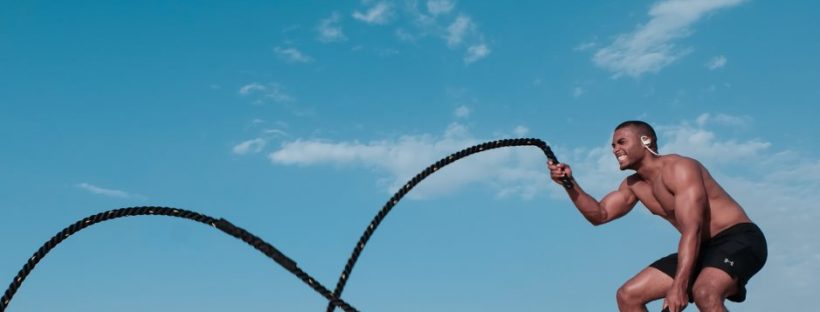
Insightful Tips for Using Wrist Wraps
There are a wide variety of accessories for fitness athletes today. The accessories are belts, straps, wrist wraps, lifting shoes, knee sleeves, and much more. Without these accessories, it would be difficult for a fitness athlete to safeguard themselves from the intensity of training. The wrist wrap stands out as one of the most overused and misused accessory pieces available.
Why Use a Wrist Wrap?
Wrist wraps aim to support the wrist joints when lifting heavy lifts. It comes in handy when lifting overhead lifts among other pressing movements. While performing such lifts, the wrist can be overextended and result in injury. The wrist wraps are a major winner for any athlete. Unfortunately, not many use them correctly.
Do Not Tie Them Too Low
The wrist wrap aims to support the wrist joint. If you position the wrap below your wrist joint, you have practically rendered it useless and might as well convert it into a forearm bracelet. Without proper positioning, there can be no support or prevention of excessive wrist extension.
Use the Wright Wrap
Two wrap designs stand out in the market: the thin flexible cotton and the Velcro-bound stylish wraps. If your intention is to max out shoulder or bench press movements, go for the thick wraps. As for anyone trying to max their snatch or jerky movements, the thin wraps are best given their motion flexibility.
Most Gymnastics Training Do Not Require Wraps
Unless you intend to take part in actual gymnastic competitions such as pommel horse or the vault, wrist wraps during some of these exercises is an overkill. For instance, the use of wrist wraps when performing pull-ups, ring dips and some push-ups is inconsequential. Some athletes will aim to have some wrist protection when performing high-rep muscle-ups while lacking solid grip. Most of the gymnastic movements performed on during CrossFit training can go on without wrist wrap.
Do Not Use Wrist Wraps to Hide Mobility and Flexibility Concerns
A major issue resulting from wearing wrist wraps is discomfort and pain arising from over-extension. A good example is during front squats, just as you perform a clean. In many cases, athletes who experience discomfort in their wrists when performing clean or frontal squats, have positioned themselves inaccurately.
Poor positioning results in poor mobility of the upper body. Other potential causes of writ discomfort are an improper extension of the thorax or failure to perform an external rotation. Without the basics of gym training or an experienced trainer to offer guidance, you are bound to make some mistakes that render the wrist wraps unhelpful. Do not assume that the wraps are responsible for flexibility.
In conclusion
A large number of athletes out there use wrist wraps, however, many still experience occasional wrist injuries. You can even damage healing tissue when lifting light weight. A number of gymnastic movements generate a lot of strain on your wrist, and this is where wrist wraps come in handy. The wrap will be useful in avoiding a serious injury that requires months before healing.
By Wendell Nolan
- 30, Aug, 2018
- 0 Comments
